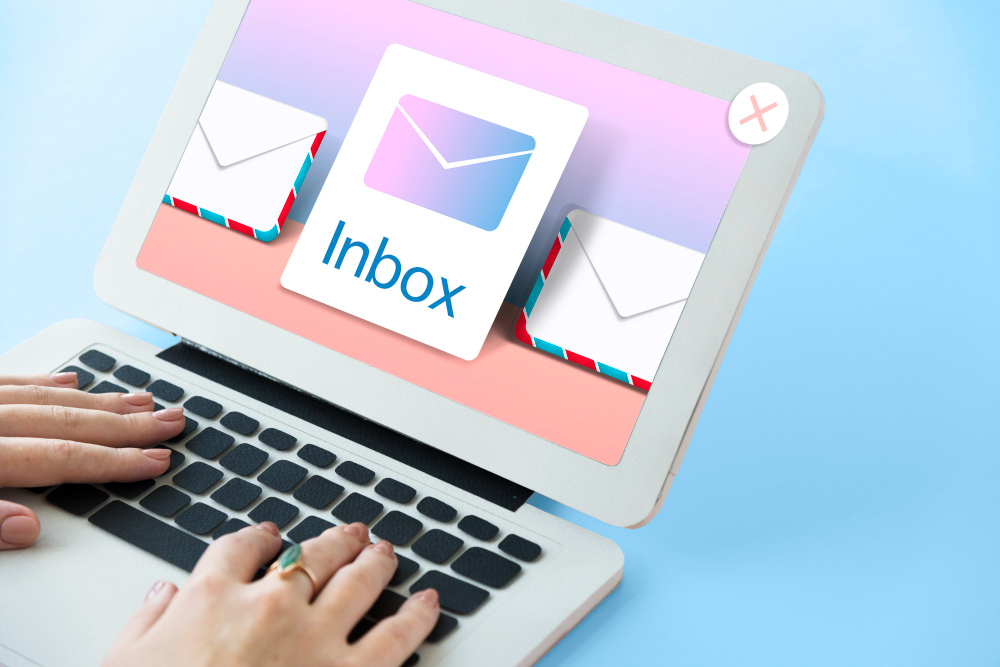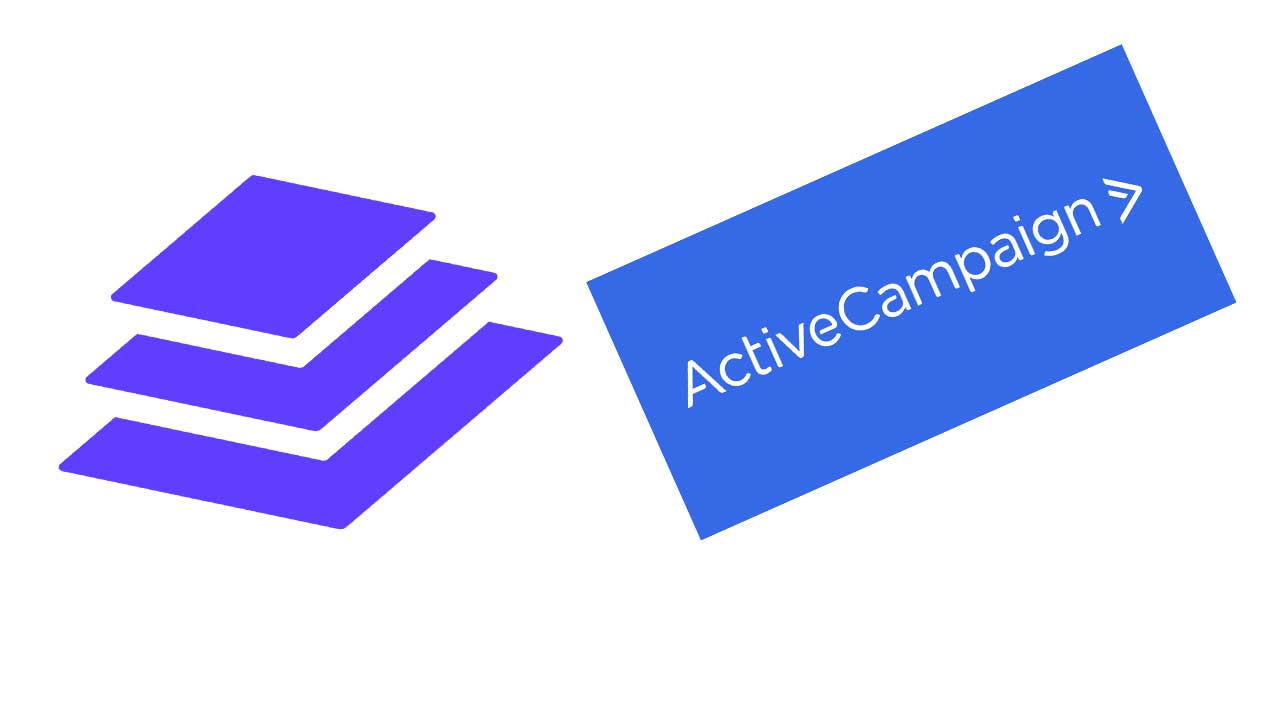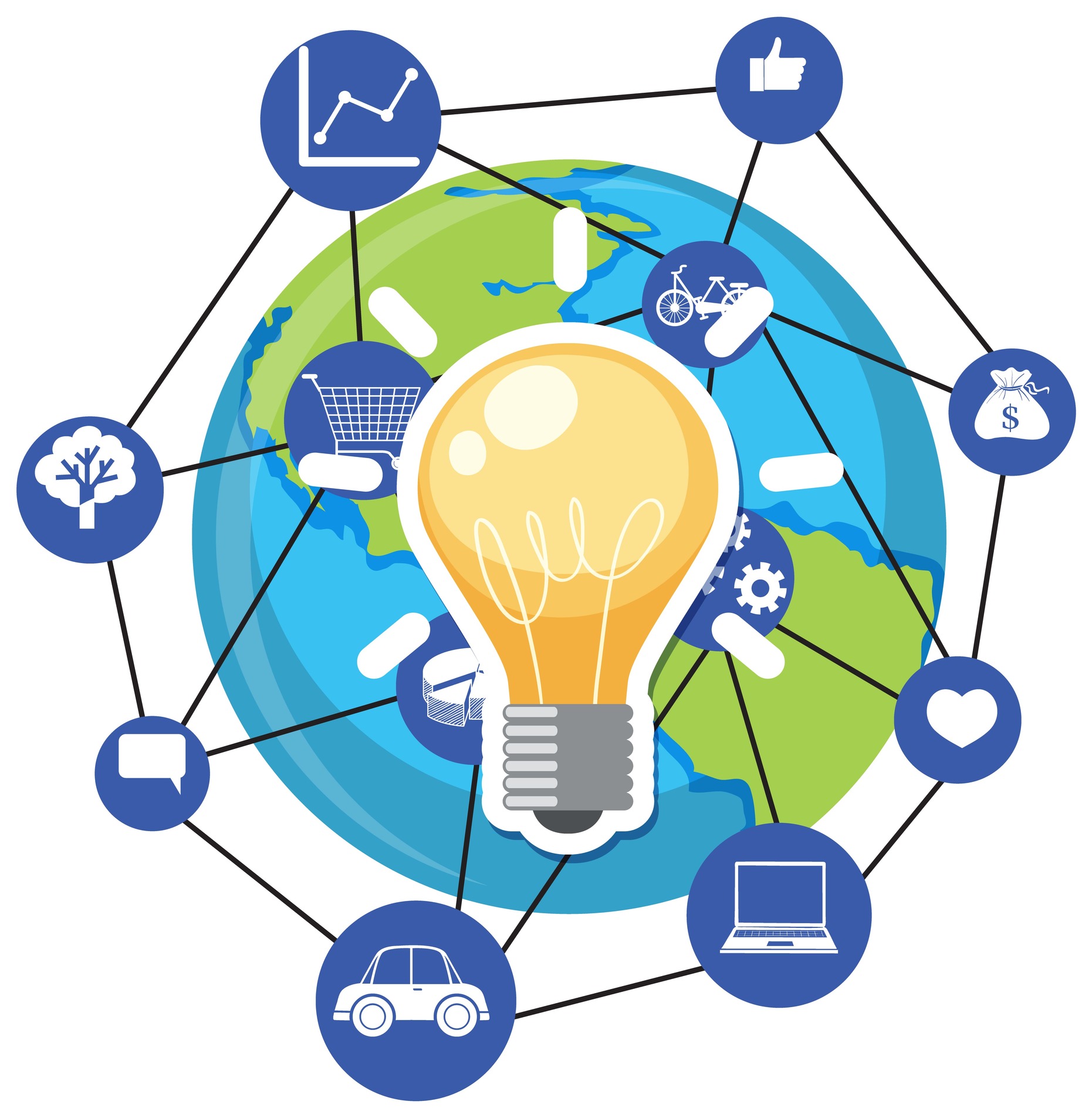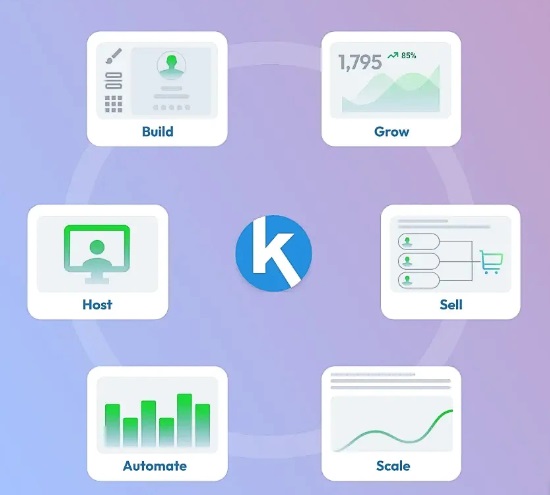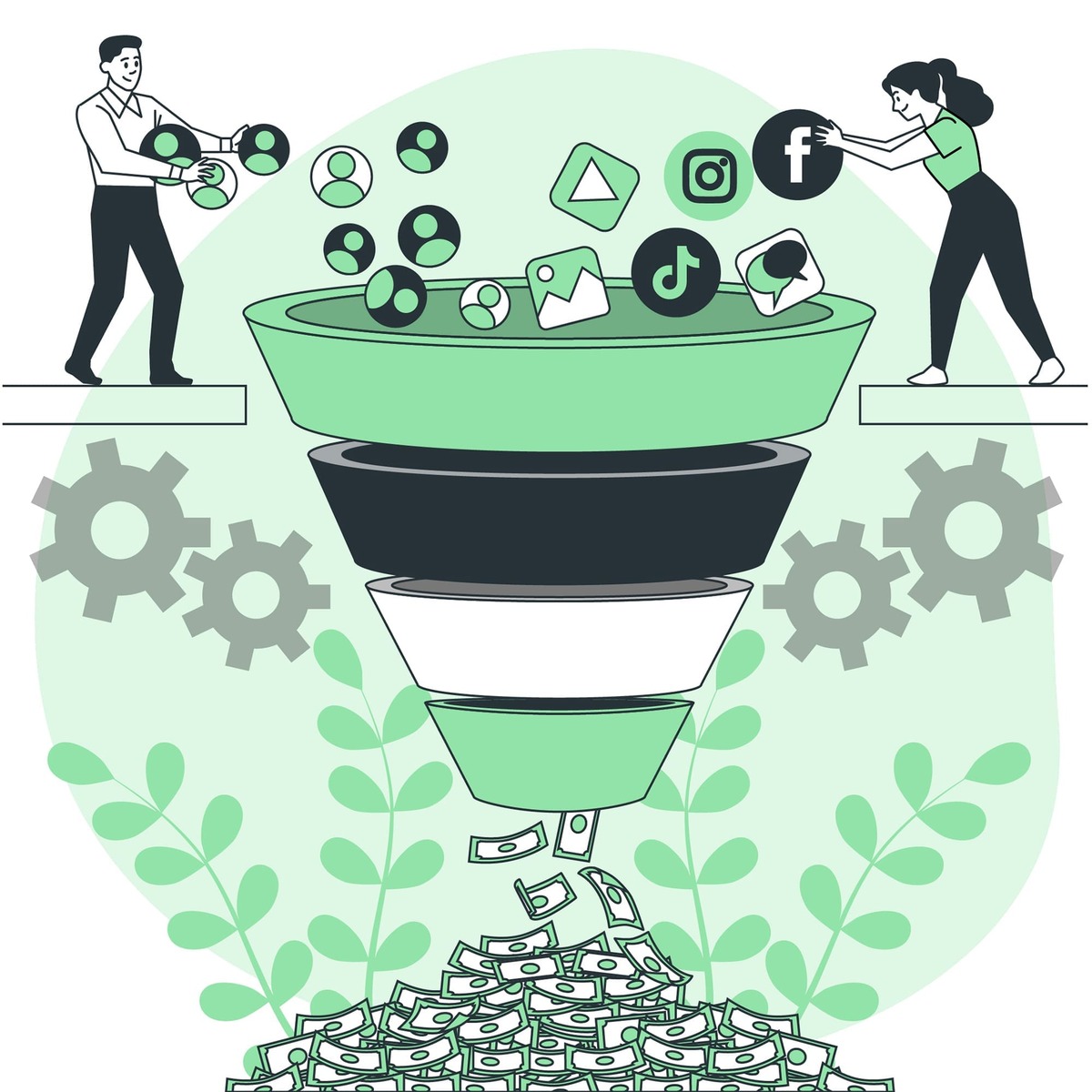
How to build a lead generation funnel, have you ever wondered how some businesses seem to effortlessly attract people who are genuinely interested in what they offer, while others struggle to get noticed? The secret often lies in something called a “lead generation funnel.” If you’re not familiar with the term, don’t worry—I’m about to explain it.
Think of it like this: You have an amazing product that could truly make a difference in people’s lives, but you’re not sure how to get the right people to find you. A lead generation funnel helps you attract the right audience, educate them about what you offer, and guide them step by step until they’re ready to make a purchase. And the best part? You don’t have to chase after customers all the time.
In this article, we’ll walk you through how to build your own lead generation funnel from scratch. From capturing attention to converting those visitors into loyal customers, we’ll cover everything you need to know. If you’re ready to create a funnel that actually works for your business, keep reading!
What Exactly Is a Lead Generation Funnel?
Alright, let’s start with the basics. A lead generation funnel is just a fancy way of saying “the process” that takes someone from hearing about your product to actually buying it. Imagine a funnel—it’s wide at the top, where you catch people’s attention, and then it narrows down as you move them toward becoming paying customers.
The funnel has different stages, each one designed to guide people closer to making a purchase. First, there’s the awareness stage, where people discover your business. This might happen through an ad, blog post, or social media. Next, they move into the interest stage, where they start engaging with your content and learning more about your product or service. From there, they enter the consideration stage, where they start to think about whether your solution is the right fit for their needs. And finally, at the action stage, they’re ready to take that big step and make a purchase.
The beauty of this funnel is that it’s built to attract, engage, and convert people—step by step. You don’t just get random visitors; you get the people who are most likely to become customers.
Why Should You Build a Lead Generation Funnel?
You might be thinking, “Why do I even need a lead generation funnel?” Great question!
Well, building a lead generation funnel helps you automate a big chunk of your sales process, meaning you don’t have to spend all your time chasing leads. Plus, a well-designed funnel ensures that you’re only spending time with the people who are genuinely interested in what you offer, making your marketing more efficient.
A lead generation funnel also helps you build trust with your audience. Rather than bombarding them with hard sales tactics right away, you’re guiding them through a natural process that positions you as a helpful resource. And when done right, a good funnel can turn cold leads into paying customers, helping your business grow faster and more consistently.
Step 1: Know Who You’re Talking To (Your Ideal Customer)
The first thing you need to do before building your lead generation funnel is figure out exactly who you’re trying to reach. This might sound obvious, but it’s crucial to know who your ideal customers are if you want your funnel to succeed.
Your Ideal Customer Profile (ICP) should include things like:
- Demographics: What’s their age, gender, job, location?
- Pain points: What problem are they trying to solve that your product or service can help with?
- Goals and values: What do they care about, and how can your offering align with their goals?
Understanding this will help you craft messages that speak directly to your ideal customers, making them feel understood and more likely to take action.
Step 2: Attract the Right People to Your Funnel
Once you know who you’re targeting, it’s time to get people into your funnel. But here’s the thing: you don’t want just anyone coming in—you want people who are actually interested in what you offer. So, how do you attract the right audience?
There are several ways to drive traffic to your funnel. Content marketing is one of the best ways to start. By creating blog posts, videos, or even free resources like ebooks and guides, you can start getting people’s attention. Offering something valuable will encourage your target audience to check out your business.
You can also use paid ads on platforms like Google, Facebook, or Instagram to reach specific audiences. If done right, ads can help you directly target your ideal customers based on their behavior, interests, and demographics.
Don’t forget about SEO (Search Engine Optimization)—making sure your website is optimized for search engines is an essential long-term strategy for attracting organic traffic. And, of course, social media is a powerful tool to engage with your audience and drive them to your funnel.
Using a mix of these methods will help you attract the right kind of traffic to your funnel, ensuring you’re reaching people who are likely to convert into leads.
Step 3: Create a Lead Magnet That’s Irresistible
Now that you’ve attracted the right people to your funnel, it’s time to get them to take action. And for that, you need a lead magnet—something valuable that you offer in exchange for their contact info (usually an email address). The lead magnet could be a free ebook, a checklist, a webinar, or even a free trial of your product.
The key here is to offer something that resonates with your audience’s needs and interests. For example, if you’re selling a course on social media marketing, offering a free ebook on “10 Social Media Strategies for 2024” would likely attract people who want to learn more about the topic.
The more helpful and relevant your lead magnet is, the more likely people will be willing to share their contact info with you.
Step 4: Capture Their Information (Lead Capture Forms)
You’ve got a great lead magnet, now it’s time to get people to sign up for it. This is where your lead capture form comes in. This is the form on your website where people enter their name, email, and possibly a few other details to get your lead magnet.
Make sure the form is simple—only ask for the information you absolutely need. The less friction you create, the more likely people are to sign up. Also, be clear about what they’re getting. Tell them exactly what they’ll receive in return for their email, and make it sound exciting!
You can place these forms in various spots on your site—on landing pages, as pop-ups, or even as exit-intent offers (which show when someone is about to leave the site).
Step 5: Nurture Your Leads with Email Sequences
Now that you have your leads, the next step is to build a relationship with them. Email marketing is key to nurturing leads and keeping them engaged. Through automated email sequences, you can deliver helpful content, answer questions, and slowly build trust.
Start with a welcome email that thanks them for signing up and delivers the promised lead magnet. After that, send a series of helpful emails that solve their problems, give them insights, and show them how your product or service can help. Over time, you can send more targeted offers, success stories, and testimonials that encourage them to take the next step toward making a purchase.
With the right email sequence, you’ll be able to guide leads through the funnel and get them ready to buy.
Step 6: Test and Optimize for Better Conversions
Building a lead generation funnel is not a one-and-done job. To keep it working well, you need to test and optimize it regularly. That’s where A/B testing comes in.
Try testing different versions of your landing pages, email subject lines, and calls-to-action (CTAs). See what works best for your audience and make changes accordingly. Keep an eye on your funnel’s conversion rates and click-through rates to see where people are dropping off and where you can improve.
The more you test and optimize, the better your funnel will perform, bringing in more leads and higher conversions over time.
Step 7: Close the Sale and Turn Leads Into Customers
The final step in the funnel is turning those leads into paying customers. At this stage, they know who you are, they trust you, and they’re ready to make a purchase. Now, it’s time to give them that final push.
Offer incentives like limited-time discounts or exclusive bonuses to encourage action. Make the buying process as easy as possible by offering multiple payment options. And if needed, send a few follow-up emails to remind them of the benefits of your product or service.
By making it easy for them to say yes, you’ll increase the chances of converting your leads into loyal customers.
Tools to Build Your Lead Generation Funnel
Now that you’ve learned the essential steps to build your lead generation funnel, let’s explore some of the best tools to help you execute your funnel-building strategy. Whether you’re just starting or looking to scale your lead generation efforts, these tools provide the right features for businesses of all sizes. Here’s a look at some top funnel-building platforms, including pricing details and a chance to try them out for free.
ClickFunnels – lead generation funnel
ClickFunnels is one of the most popular and comprehensive funnel-building platforms available. It’s specifically designed to help you create full sales funnels, including landing pages, sales pages, and order forms, all within one platform. The tool is perfect for entrepreneurs, marketers, and businesses looking to increase conversions without needing coding skills. With ClickFunnels, you get access to drag-and-drop features, A/B testing to optimize conversions, and integrations with various email marketing platforms and payment gateways.
- Pricing: ClickFunnels offers two main pricing plans: the Basic Plan at $147 per month and the Etison Suite at $297 per month, which includes additional features like Actionetics (email automation) and Backpack (affiliate program management).
- Free Trial: ClickFunnels offers a 14-day free trial, so you can get started and explore all the features without any risk.
If you’re looking to create high-converting funnels with minimal effort, ClickFunnels is an excellent choice, and the free trial gives you the opportunity to test its capabilities.
Leadpages – lead generation funnel
Leadpages is a user-friendly and cost-effective tool that helps you build high-converting landing pages and funnels. It’s an ideal platform for small businesses or anyone who wants to generate leads with ease. Leadpages offers a wide variety of customizable templates, split testing to improve conversion rates, and integrations with popular email marketing services like Mailchimp, ActiveCampaign, and more. It also comes with detailed analytics to track the performance of your funnels and optimize them over time.
- Pricing: Leadpages starts at $27 per month for the Standard Plan, with the Pro Plan priced at $59 per month. The Pro Plan includes advanced features such as Facebook and Google Ads integrations.
- Free Trial: You can try Leadpages with a 14-day free trial to test out the tool and decide if it suits your business needs.
Leadpages is an excellent option for businesses on a budget looking to build simple, effective funnels without the complexity of more expensive tools. Take advantage of the free trial to see how it works for you.
Kartra – lead generation funnel
Kartra is an all-in-one marketing platform that allows you to create lead generation funnels, email campaigns, landing pages, and even membership sites. It’s a comprehensive solution for business owners who need an integrated approach to their marketing efforts. Kartra’s features include built-in email marketing automation, video hosting, a funnel builder with drag-and-drop functionality, and membership site capabilities. You can also track customer behavior and adjust your funnels based on performance insights.
- Pricing: Kartra offers several plans, with the Starter Plan priced at $99 per month, the Silver Plan at $199 per month, and higher-tier plans with more advanced features.
- Free Trial: Kartra provides a 14-day free trial for just $1, allowing you to test the platform’s full range of features.
Kartra is a great tool if you’re looking for an all-in-one solution, and the 14-day trial makes it easy to dive in and start building your lead generation funnel immediately
Other Tools
Thrive Architect, Instapage , Builderall
